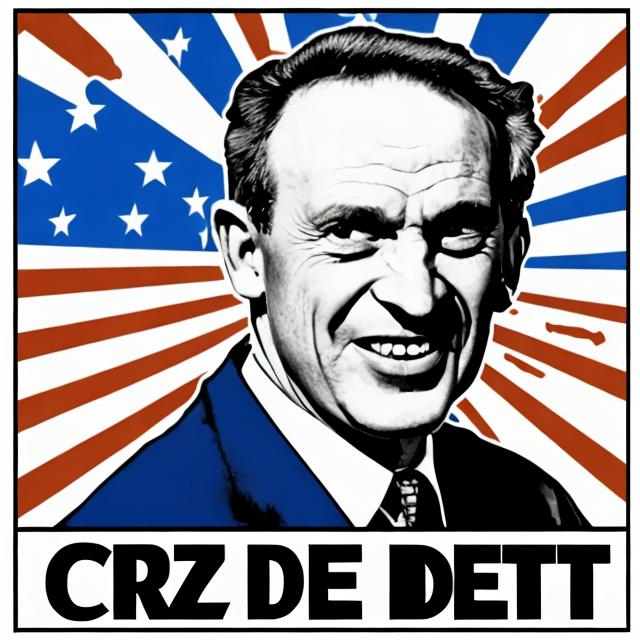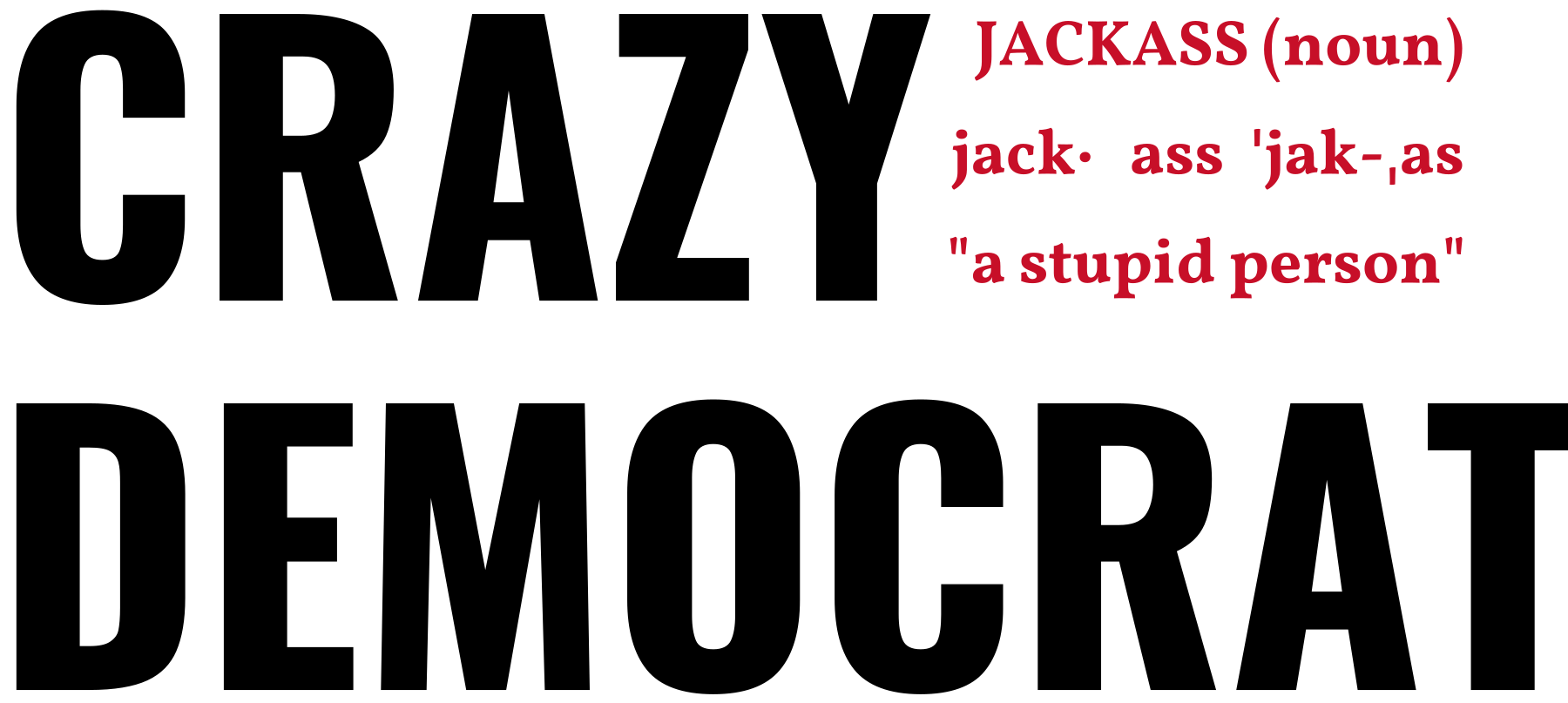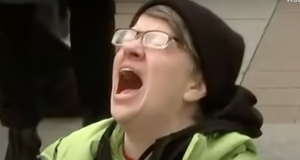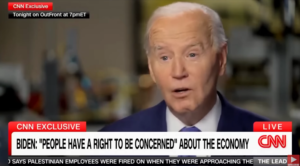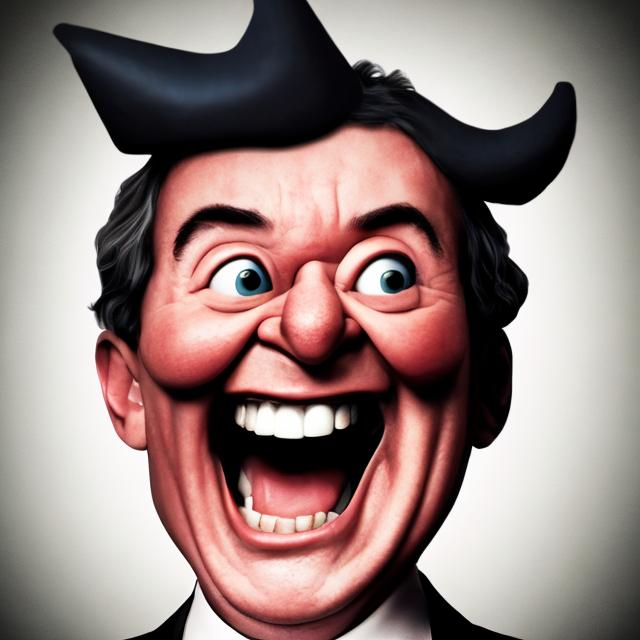
In recent years, the Democratic Party has been plagued by a growing faction of extreme and radical members who have been labeled as “Crazy Democrats.” This group has gained significant attention and influence within the party, leading to concerns about the future direction and viability of the party as a whole.
The rise of the “Crazy Democrats” can be attributed to a variety of factors, including the increasing polarization of American politics, the influence of social media and online echo chambers, and the growing frustration and disillusionment among certain segments of the Democratic base.
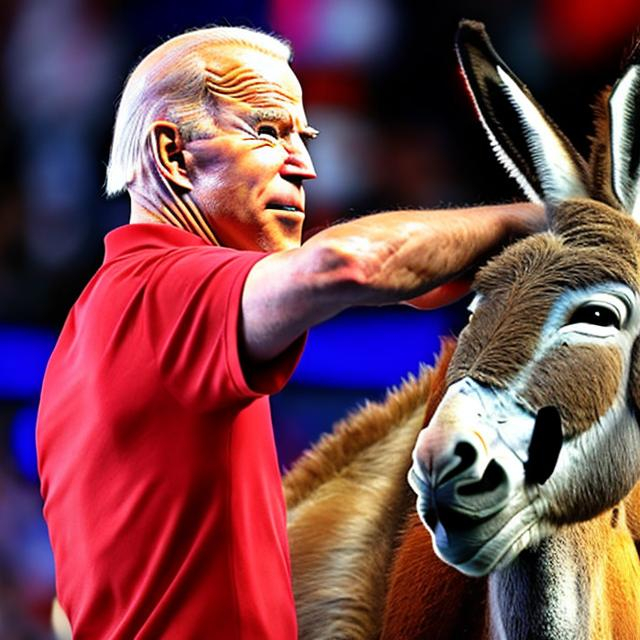
One of the most notable characteristics of the “crazy Democrats” is their embrace of radical and extreme policy positions. This includes calls for defunding the police, abolishing Immigration and Customs Enforcement (ICE), implementing radical environmental policies such as the Green New Deal, and advocating for the dismantling of capitalism. While these positions may resonate with a small segment of the party’s base, they are largely out of step with the broader American electorate and risk alienating moderate and independent voters.
The “crazy Democrats” have also been criticized for their confrontational and divisive approach to politics. They have been known to engage in aggressive and often inflammatory rhetoric, which has led to internal divisions within the party and has made it difficult to build coalitions and work towards common goals.
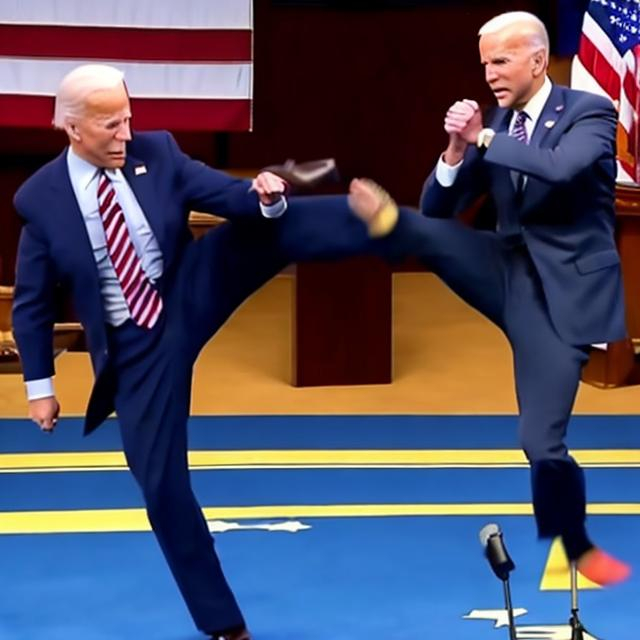
Furthermore, the “crazy Democrats” have been accused of engaging in cancel culture and ideological purity tests, which has stifled debate and dissent within the party. This has created a toxic and intolerant atmosphere that is antithetical to the principles of free speech and open discourse.
The influence of the “crazy Democrats” has also been felt in the Democratic primary elections, where they have successfully pushed the party’s candidates further to the left, making it difficult for moderate voices to gain traction. This has raised concerns about the party’s ability to appeal to a broad cross-section of voters and win elections in competitive districts and states.
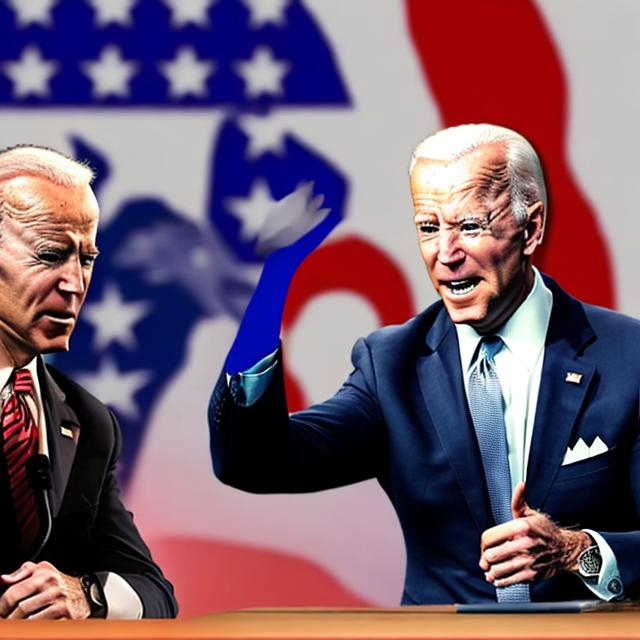
In response to the growing influence of the “crazy Democrats,” there has been a pushback from more moderate and pragmatic members of the party who are concerned about the long-term implications of embracing radical and extreme positions. They have called for a return to a more centrist and inclusive approach to politics, which they believe is necessary to win elections and govern effectively.
The future of the Democratic Party is at a crossroads, and the influence of the “crazy Democrats” will undoubtedly shape its trajectory in the coming years. Whether the party can find a way to bridge the growing ideological divide and appeal to a broad coalition of voters remains to be seen. But one thing is clear: the rise of the “crazy Democrats” poses a significant challenge to the party’s ability to govern and lead in a deeply divided and polarized political landscape.
